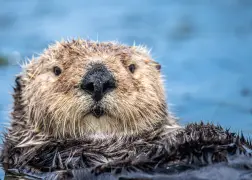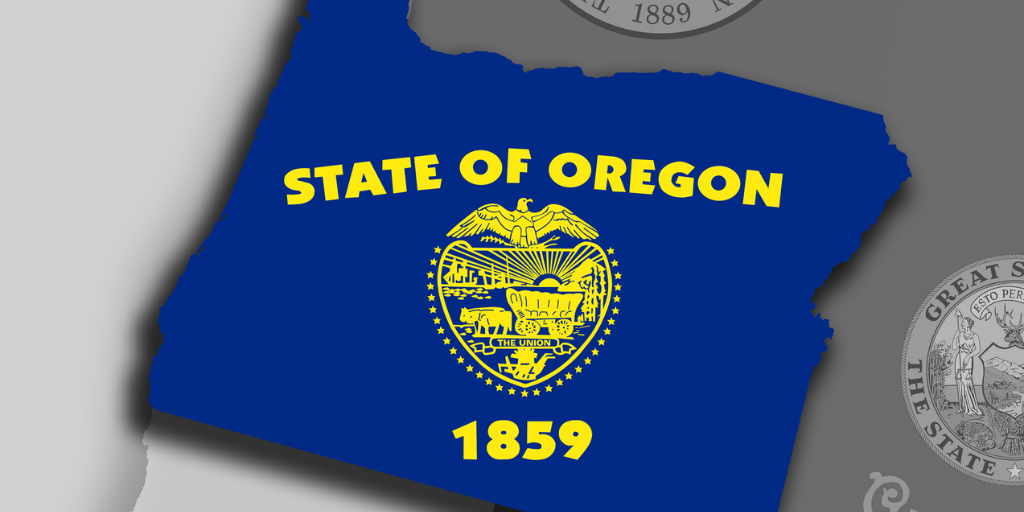Located in the Pacific Northwest region of the United States, Oregon is known for its diverse geography, abundant natural resources, and rich history that spans back thousands of years. From its indigenous peoples to its eventual settlement by European explorers and pioneers, there is plenty to learn about the state known as the “Beaver State.”
Indigenous Peoples
Before European settlers arrived, Oregon was home to numerous indigenous peoples who had been living in the region for thousands of years. The main tribes included the Umatilla, Walla Walla, and Cayuse, among many others. In addition, more than 50 tribes once fished the many wild rivers and waterfalls the state harbors. These tribes had distinct cultures, traditions, and languages and often engaged in trade and other forms of interaction with neighboring tribes.
Exploration and Settlement
Spanish sailors who set foot on the coast in the late 16th century were the first European explorers to reach Oregon. However, it wasn’t until the late 18th century that European settlement began in earnest. In 1792, American Captain Robert Gray became the first recorded European to sail up the Columbia River, eventually claiming the area for the United States. A few years later, Lewis and Clark led an expedition to explore the region, which helped to open up the area to further exploration and settlement.
Fur Trade
The fur trade had a significant impact on Oregon’s economy and culture. It was the first industry to bring significant numbers of Europeans to the region, and it helped to establish the foundation for the state’s future industries. The fur trade also significantly impacted the indigenous peoples of the region, who were often exploited and displaced in the pursuit of valuable pelts.
Primarily, the industry was known as a barter system, with traders exchanging goods such as blankets, knives, and guns for pelts. In the early days of the trade, beaver pelts were the most valuable, but as the population of beavers declined, traders began to focus on other furs, such as otter, mink, and fox.
The trading system was not always fair, and many indigenous peoples were taken advantage of by traders who offered low prices for their pelts. Usually, they were given alcohol in the trade as well, which led to widespread alcoholism and social problems in many communities.
Oregon Trail and Settlement
Long before the popular video game, the Oregon Trail — a 2,000-mile route stretching from Missouri to Oregon — became the primary transportation for settlers moving to the region. Thousands of people used the trail between 1840 and 1860, and it played a crucial role in the settlement of the state.
In 1843, a group of pioneers organized the first wagon train to travel the Oregon Trail. The group included around 1,000 people who journeyed in five months. Over the next few decades, thousands of pioneers made the journey to Oregon with the promise of cheap land, fertile soil, and a new life in the West.
Territory of Oregon
Oregon was initially part of the Oregon Country, which the United States and Great Britain jointly occupied. However, in 1846, both countries signed the Oregon Treaty, which established the 49th parallel as the border between the two countries. This effectively gave America control over the region, and they soon designated it as the Oregon Territory.
The Oregon Territory initially included present-day Oregon, Washington, Idaho, and parts of both Montana and Wyoming. A territorial governor and a legislative assembly with limited powers governed the area. However, the territory’s population grew steadily, and by the late 1850s, there were enough settlers to begin the statehood process.
Statehood
On February 14, 1859, Oregon was admitted to the Union as the 33rd state. However, the process of statehood was not without controversy. The main issue facing Oregonians was whether or not their state would be free or enforce slavery. This discord joined the national debate over the expansion of slavery to new territories. Eventually, locals resolved that Oregon be admitted as a free state; it became the first state in the Pacific Northwest to be admitted to the Union.
Of course, the new state wasn’t without its challenges, including conflicts with indigenous peoples and the lingering effects of the Civil War. But, in contrast, it also enjoyed a period of growth and prosperity as new industries and settlements sprang up throughout the region.
Interesting Facts about Oregon

There are currently over 15 million beavers in Oregon.
- The Oregon state flag is the only state flag in the United States with different designs on each side. One side features the state seal, while the other features a beaver.
- Oregon is home to Crater Lake, the deepest lake in the United States and one of the clearest lakes in the world.
- The state tree of Oregon is the Douglas Fir; the state flower is the Oregon Grape.
- Nike, one of the world’s largest sportswear companies, was founded in Oregon in 1964.
- Crater Lake is one of Oregon’s most famous natural attractions. It is the deepest lake in the United States, with a depth of 1,943 feet.
- Mount Hood is the highest peak in Oregon, standing at 11,249 feet. It is also a dormant volcano, with its last eruption occurring more than 200 years ago.
- There are 363 miles of coastline accessible to the public.
Want to learn more about Oregon? Read: “Facts and Features of the Willamette River.”







